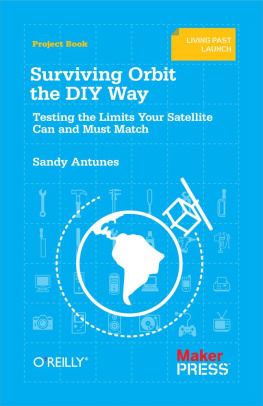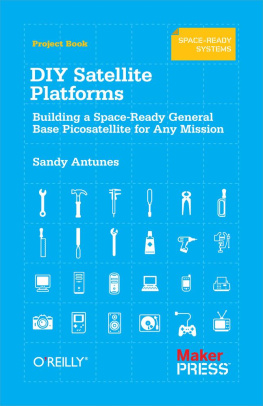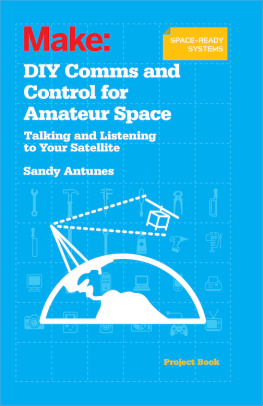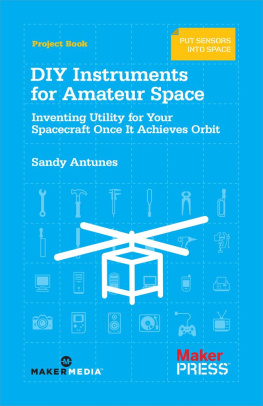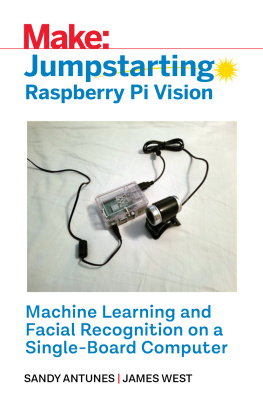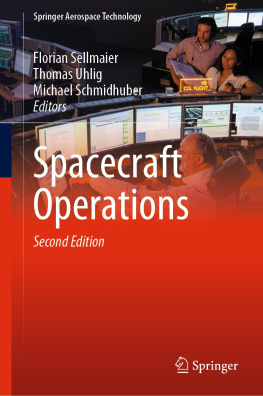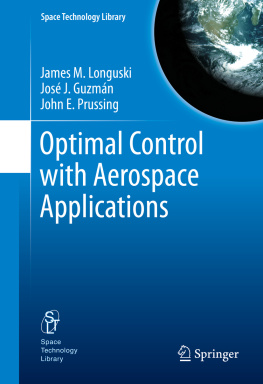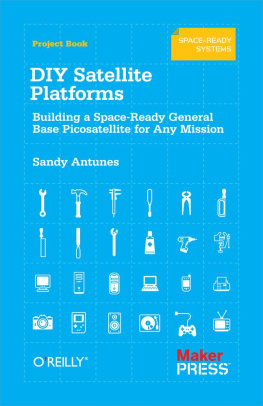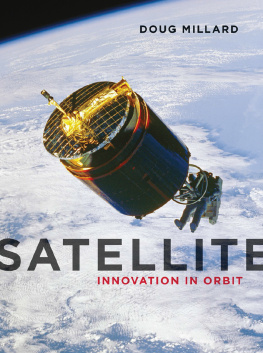Sandy Antunes - Surviving Orbit the DIY Way: Testing the Limits Your Satellite Can and Must Match
Here you can read online Sandy Antunes - Surviving Orbit the DIY Way: Testing the Limits Your Satellite Can and Must Match full text of the book (entire story) in english for free. Download pdf and epub, get meaning, cover and reviews about this ebook. year: 2012, publisher: Make, genre: Children. Description of the work, (preface) as well as reviews are available. Best literature library LitArk.com created for fans of good reading and offers a wide selection of genres:
Romance novel
Science fiction
Adventure
Detective
Science
History
Home and family
Prose
Art
Politics
Computer
Non-fiction
Religion
Business
Children
Humor
Choose a favorite category and find really read worthwhile books. Enjoy immersion in the world of imagination, feel the emotions of the characters or learn something new for yourself, make an fascinating discovery.
- Book:Surviving Orbit the DIY Way: Testing the Limits Your Satellite Can and Must Match
- Author:
- Publisher:Make
- Genre:
- Year:2012
- Rating:5 / 5
- Favourites:Add to favourites
- Your mark:
Surviving Orbit the DIY Way: Testing the Limits Your Satellite Can and Must Match: summary, description and annotation
We offer to read an annotation, description, summary or preface (depends on what the author of the book "Surviving Orbit the DIY Way: Testing the Limits Your Satellite Can and Must Match" wrote himself). If you haven't found the necessary information about the book — write in the comments, we will try to find it.
Is your picosatellite ready for launch? Can it withstand rocket thrusts and the vacuum of space? This do-it-yourself guide helps you conduct a series of hands-on tests designed to check your satellites readiness. Learn precisely what the craft and its electronic components must endure if theyre to function properly in Low Earth Orbit.
The perfect follow-up to DIY Satellite Platforms (our primer for designing and building a picosatellite), this book also provides an overview of what space is like and how orbits work, enabling you to set up the launch and orbit support youll need.
- Go deep into the numbers that describe conditions your satellite will face
- Learn how to mitigate the risks of radiation in the ionosphere
- Pick up enough formal systems engineering to understand what the tests are all about
- Build a thermal vacuum chamber for mimicking environment of space
- Simulate the rocket launch by building and running a vibration shake test
- Use a homebuilt centrifuge to conduct high G-force tests
- Get guidelines on scheduling tests and choosing an appropriate lab or clean room
Sandy Antunes: author's other books
Who wrote Surviving Orbit the DIY Way: Testing the Limits Your Satellite Can and Must Match? Find out the surname, the name of the author of the book and a list of all author's works by series.

